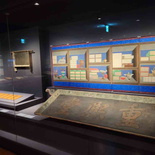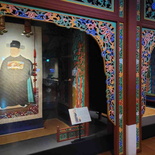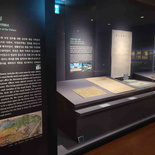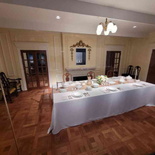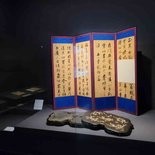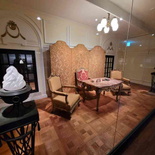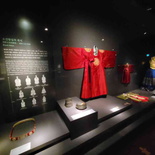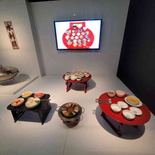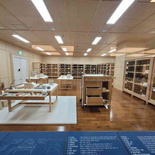Let’s take a visit to the National Palace Museum of Korea. The Museum is dedicated to preserving and displaying the cultural heritage of the Joseon Dynasty, which ruled Korea from 1392 to 1910. It is home to Royal treasures, Korean art and Historical artifacts dating as far into the Joseon Dynasty.
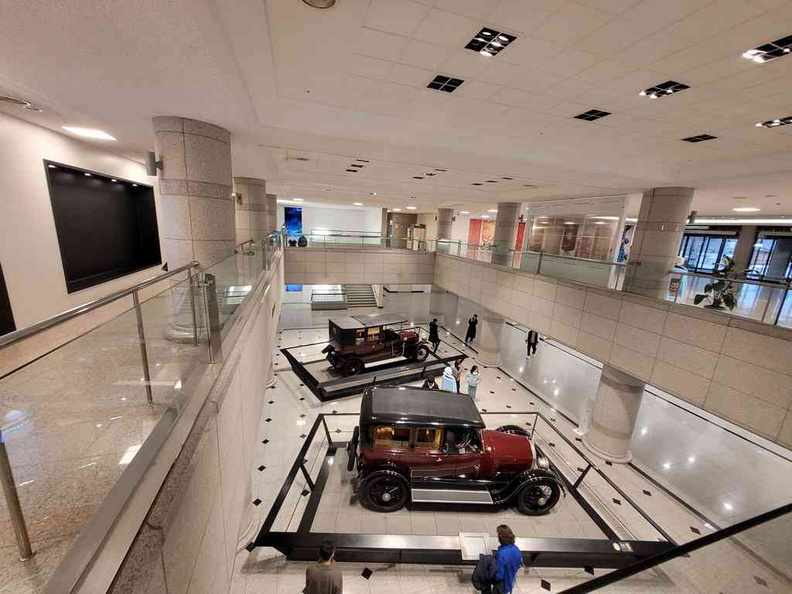
The museum is very accessible by public transport. It sits directly above the Gyeongbokgung MRT metro station beside the palace grounds, which has a direct underground access straight to the museum entrance. Also, despite situated next to the main Palace grounds, the museum is free to enter by itself without a Gyeongbokgung Palace admission ticket.
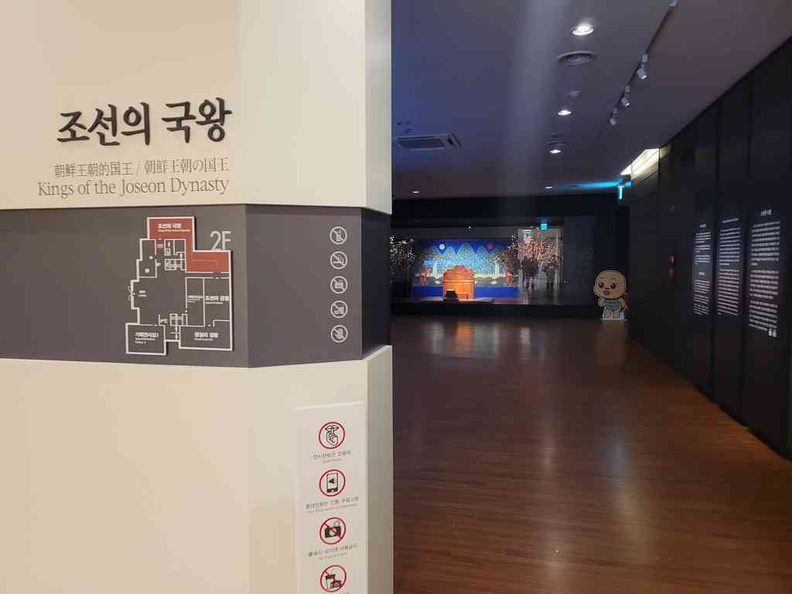
Moreover, the National Palace Museum of Korea is a true treasure trove of Korean history and culture. While the museum’s entire collection is worth exploring, there are some highlights and must-see items that you should not miss on your explorations.
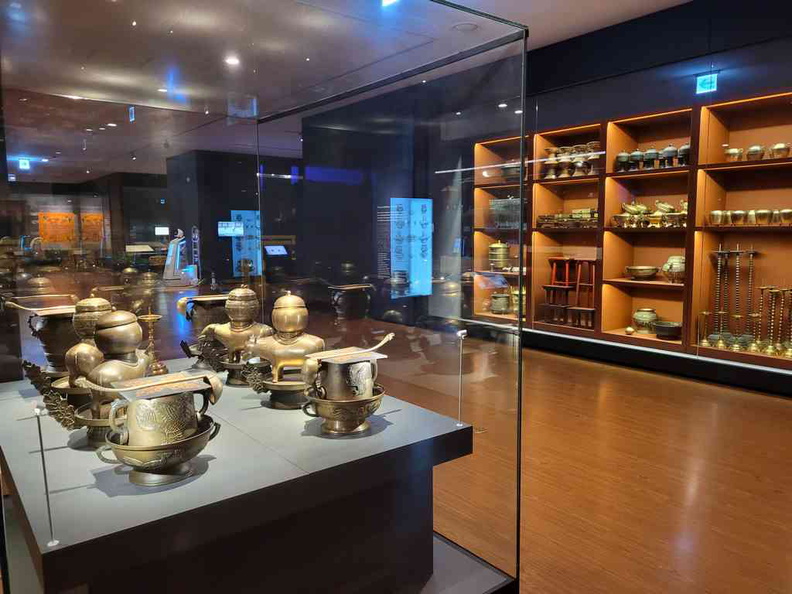
Three floors of Korean treasures
Furthermore, one of the most impressive features of the museum is its collection of royal treasures. These include ornate garments, jewelry, accessories, and other artifacts that belonged to the royal family of the Joseon Dynasty. One of the most impressive items in the collection is the Royal seal of King Taejo, the founder of the dynasty.
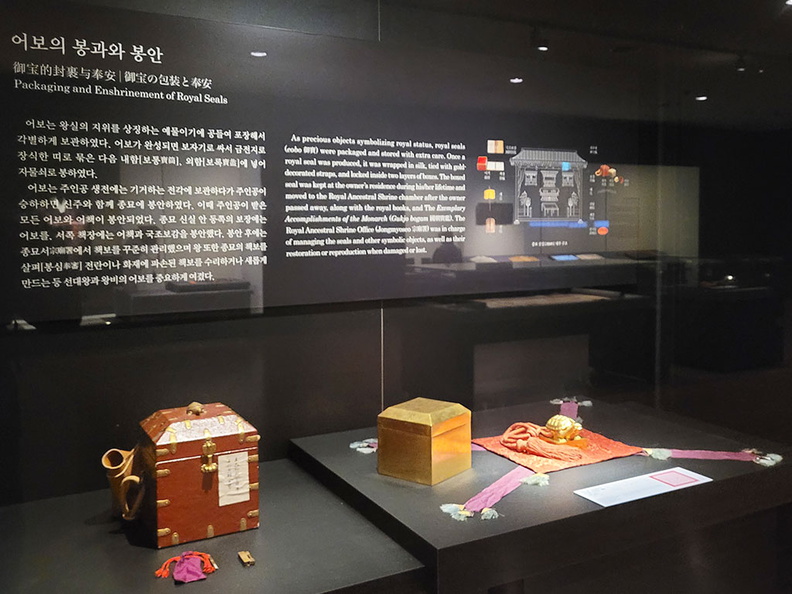
Moreover, this seal, made of jade and encased in gold, is a stunning example of the craftsmanship and artistry of the time. The Royal seal of King Taejo stands as a testament to historical significance. Crafted with exquisite detail, the seal encapsulates the authority and power of the first monarch of the Joseon Dynasty. Also, the seal’s design features the majestic figure of a dragon, symbolizing imperial sovereignty and strength.
Additionally, this highlight item of the museum showcases the fine meticulous artistry and craftsmanship bestowed upon this historical emblem. It does evoke a sense of admiration to the details possible of the era with limited precision tools. Also, the intricate engravings and inscriptions on the seal depict the king’s title and reign, leaving you in awe of its regal presence back in the day.
Also, this emblem seal served as a sacred symbol, affixing the king’s authority to official documents and decrees. during the Joseon Dynasty. It offers a glimpse into the political and cultural dynamics of the time, emphasizing the central role of the monarchy in Korean society.
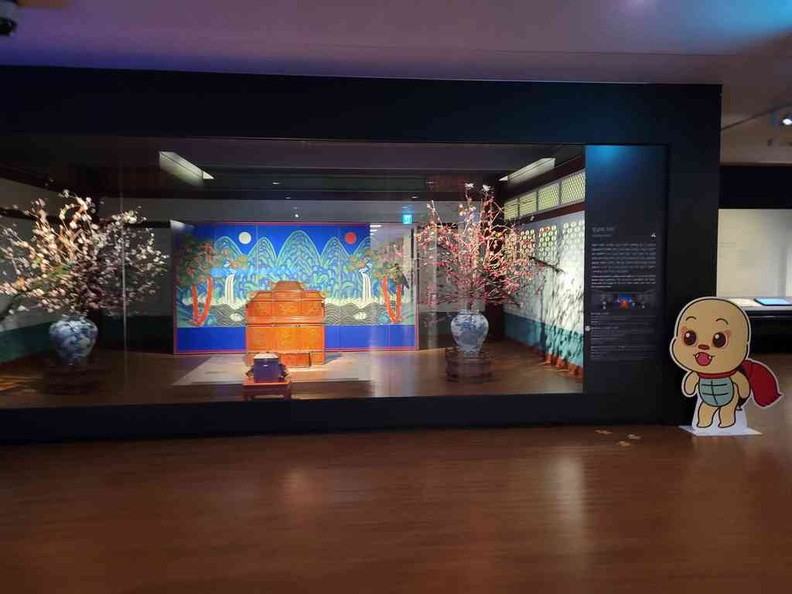
The Royal seal of King Taejo embodies the enduring legacy of an era marked by its establishment and transformation. Its significance extends beyond a mere artifact, reminding us of the enduring impact of leadership and the rich heritage that shaped Korea’s history. Also, other notable items in the royal treasures collection include the crowns of various kings and queens, intricate court robes, and stunning examples of metalwork and lacquer ware.
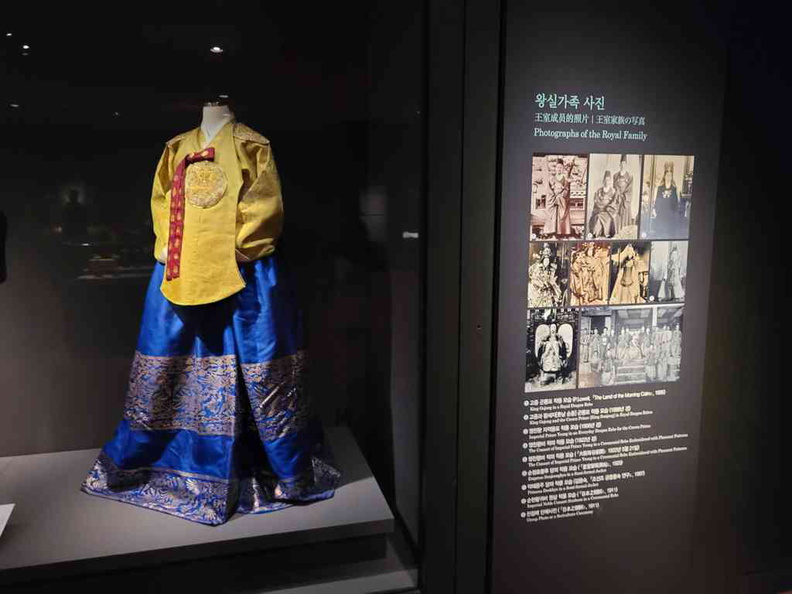
Another highlight of the museum is its collection of Korean art. The museum has a wide range of pieces on display, including paintings, calligraphy, ceramics, and Buddhist art. Some of the most impressive pieces include the “Portrait of King Jeongjo“, a stunning 18th-century portrait of the king that was painted on silk using mineral pigments.
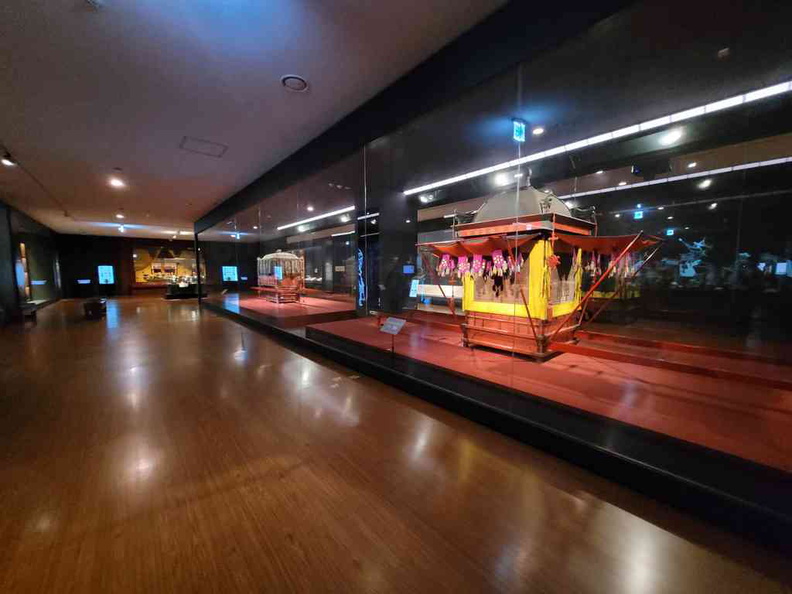
Traditional Korean tapestry
Also, the museum’s collection of tapestry and ceramics is also impressive, with examples of standees, celadon, white porcelain, and buncheong ware on display. Also, the Buddhist art collection includes beautiful statues, sutras, and other religious artifacts that give insight into the role of Buddhism in Korean culture.
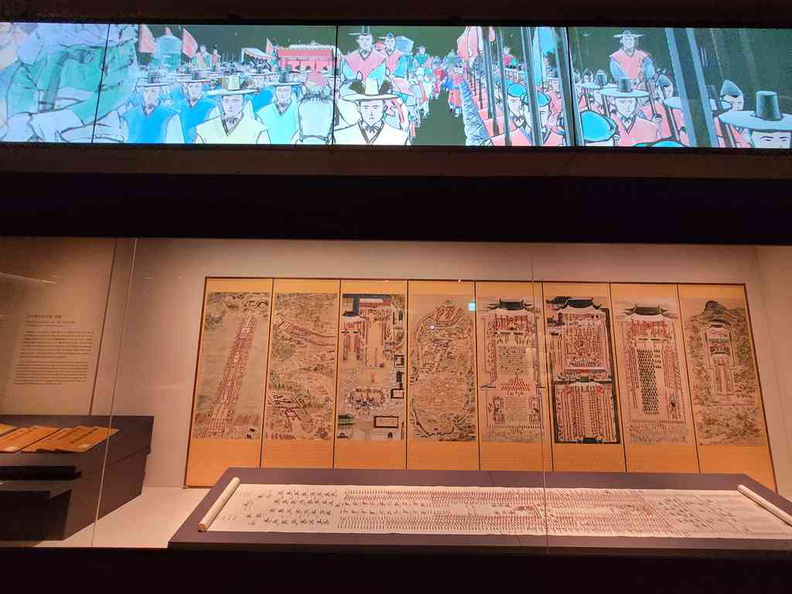
One must-see item in the National Palace Museum of Korea is the Ten-panel Folding Screen with Scenes of Hwaseong Fortress. This 19th-century screen is a remarkable work of art that depicts the fortress in intricate detail. The screen was created using a variety of materials, including silk, paper, gold, and silver. Visitors can spend hours exploring the screen and admiring its beauty.
Another unique feature of the museum is its interactive exhibits. The museum offers several interactive exhibits that allow visitors to experience traditional Korean culture first hand. For example, visitors can try on traditional Korean clothing, learn about traditional Korean etiquette, and practice bowing to each other in the traditional way. These exhibits are a fun and engaging way for visitors to learn about Korean culture and history.
President’s Cadillac and Benz
Moreover, you can find two cars on display in the lower basement courtyard space of the museum. These cars were used by former presidents of Korea and offer a fascinating glimpse into the country’s political history. The first car is a black 1960 Cadillac that was used by President Park Chung-hee. Like cars of the era, the cars have an enclosed carriage cabin, with an open driver’s front.
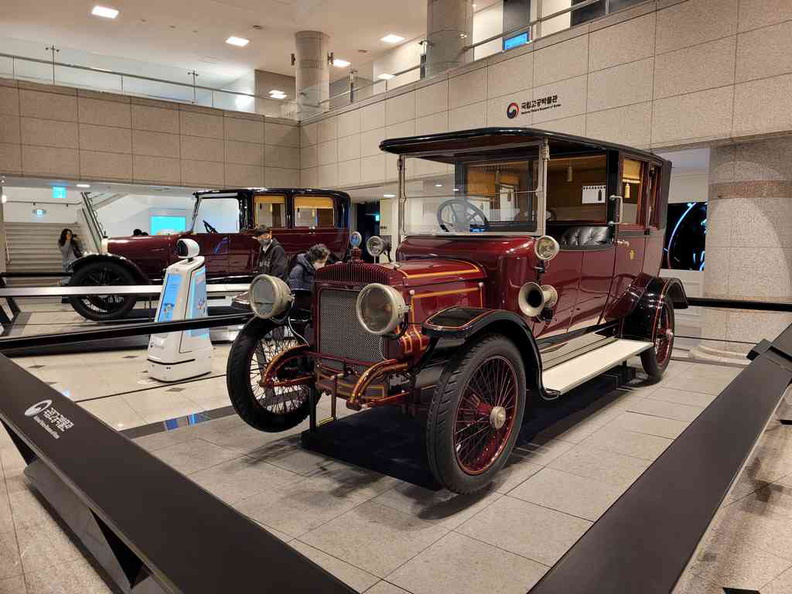
Also, this car was used for official events and is a symbol of the power and prestige of the presidency during Park’s time in office. The second car is a blue 1979 Mercedes-Benz that was used by President Chun Doo-hwan. This car is notable because it was used to transport Chun to the site of the Gwangju Uprising in 1980. This was where government forces notoriously killed hundreds of protesters.
Korean Engineering marvels
Wrapping up, the basement floor also has a section dedicated to scientific achievements of the Koreans. The galleries here immerses you with inventive treasures, allowing for a profound understanding of the ingenious contributions made by Korean engineers and astronomers throughout history. It showcases the nation’s technological prowess and innovative spirit.

Astonishing exhibits in this gallery reveal the brilliance of Korean engineering, leaving spectators in awe. The meticulous craftsmanship and attention to detail showcased in each artifact exemplify the ingenuity of ancient Korean engineers. Also, among the extraordinary displays, the collection dedicated to astrology and astronomy particularly captivates the imagination. Intricately designed celestial globes and astrolabes unveil the ancient Koreans’ deep understanding of the cosmos.
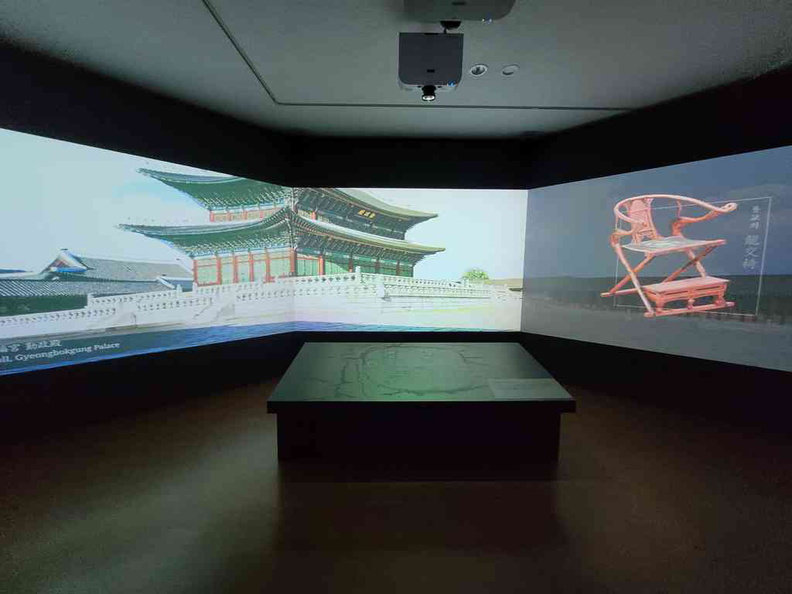
Astronomy and the Rule of Joseon Kings
One cannot help but marvel at the astronomical instruments that adorned the lives of past civilizations. Also, the exhibit presents sundials, armillary spheres, and celestial maps, providing a glimpse into the intricate calculations and astronomical observations of the time.
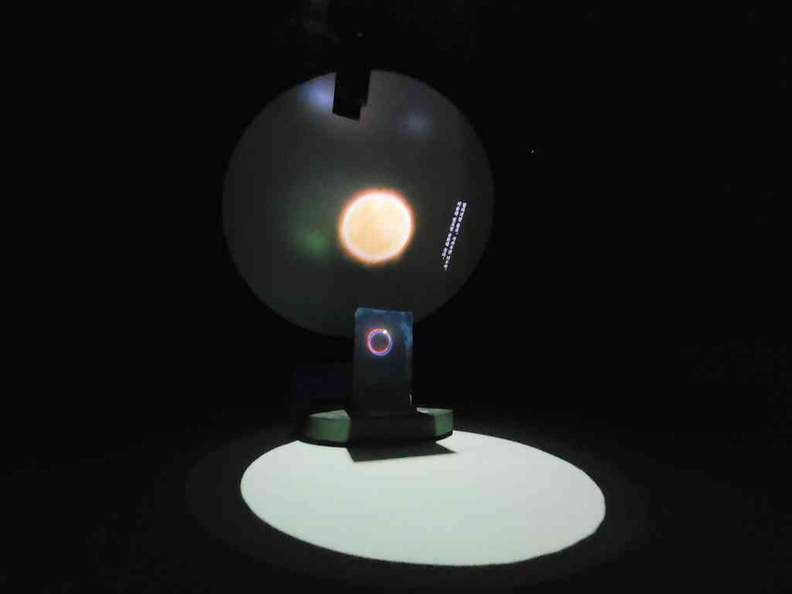
Also, the gallery beautifully narrates the story of how Koreans skillfully melded science and art. Intricate bronze celestial spheres, adorned with celestial constellations, showcase the nation’s celestial pursuits. You can also explore ancient astrological charts and almanacs, gaining insights into the role of astrology in guiding important decisions and predicting celestial events.
Additionally, the Korean Engineering Marvel Gallery stands as a testament to the nation’s scientific achievements. Its remarkable collection of astronomy and astrology items fosters an appreciation for the deep connection between the celestial realm and ancient Korean culture. Also, this includes measuring instrument and items in astronomy. There are also audio-visual elements and an interactive movie showcase exhibit. It provides a unique and engaging way to learn about traditional Korean advancements in seeing the stars.
Wrapping up
In conclusion, the National Palace Museum of Korea is one to check out the collection of royal treasures, Korean art, and historical artifacts. The museum’s collection of cars also offers a fascinating glimpse into Korea’s modern history. Whether you’re a history buff, an art lover, or simply curious about Korean culture, the National Palace Museum of Korea is a definitely one for a couple hours out on your Korean city explorations in Seoul City.

